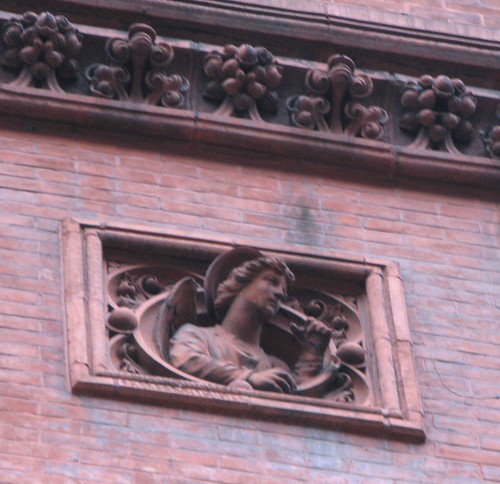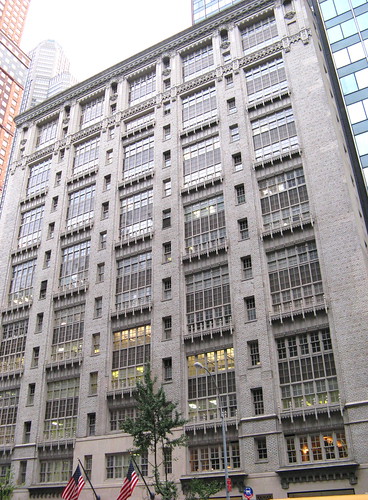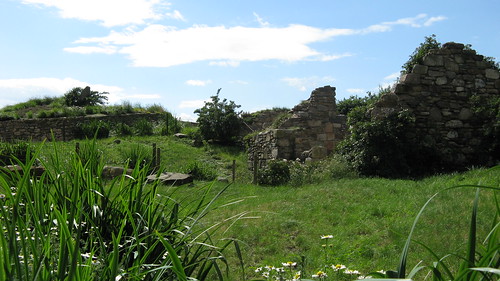Call it the perfect work of art for the era of pony cars, muscle cars, family vacations on the road, and gas at about 30 cents a gallon. In the 1964 World’s Fair, when the Tent of Tomorrow opened at the New York State Pavilion, its floor became an instant, and fascinating, hit. It was a 130-foot by 166-foot road map of New York State – a half-acre large — made of terrazzo.
A colorful replica of a Texaco road map of the state, the map showed land features in green, tan, and white; roads in black and red; and rivers and lakes in blue. You could stroll from Syracuse to Binghamton to Yonkers, walk through the Adirondacks, and trace the Hudson River in your own steps. At the time, it was largest-known map of any area of the Earth’s surface.
Making the mammoth map showing New York State’s 54,000 square miles required an amazingly elaborate process. Each of the grid components of the Texaco road map of the time, three-quarters of an inch, was magnified 64 times and then projected onto large paper templates. A group of Yale University art students carefully traced the magnified road network, symbols, numbers and letters, and even the Texaco station symbols by hand. Rand McNally provided assistance. All in all, the terrazzo map floor cost about $1 million to produce.
Photo Credit: Bill Cotter © All Rights Reserved
Like many creations of such one-time grand festivals, however, the pavilion and its storied floor became forgotten and neglected. After the New York World’s Fair closed, various parties used the site in New York’s Flushing Meadows-Corona Park in Queens for a time but ultimately New York City no longer kept it maintained. Freeze-and-thaw cycles and other elements of the weather took a terrible toll over the decades. The pavement became full of cracks and rubble, weeds grew in, and vandals made off with parts of it. The original terrazzo surface is missing from large parts of it, and letters and symbols are gone from other portions. [Read more →]







